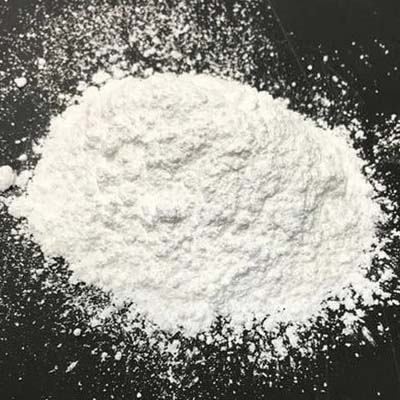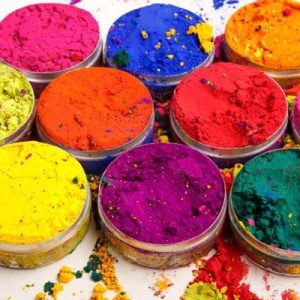Description
UV stabilizers are additives used in paint formulations to protect against the damaging effects of ultraviolet (UV) radiation from the sun. UV exposure can lead to degradation, discoloration, and loss of performance in paints. UV stabilizers help to minimize these effects and extend the lifespan and appearance of the painted surface. Here are common types of UV stabilizers used in paints:
1. UV Absorbers:
- Examples:
- Benzophenones
- Benzotriazoles
- Functions:
- Absorb UV radiation and convert it into harmless heat.
- Provide protection against UV-induced degradation and color fading.
- Suitable for both water-based and solvent-based paints.
2. Hindered Amine Light Stabilizers (HALS):
- Examples:
- Tinuvin series
- Chimassorb series
- Functions:
- Protect against UV-induced degradation by scavenging free radicals.
- Maintain the physical and chemical integrity of the coating.
- Commonly used in exterior coatings.
3. Quenchers:
- Examples:
- Nickel quenchers
- Functions:
- Quench excited-state molecules generated by UV exposure.
- Prevent the formation of free radicals.
- Effective in protecting against photochemical degradation.
4. Benzotriazole UV Stabilizers:
- Examples:
- Tinuvin BT series
- Uvinul 3030
- Functions:
- Protect against UV radiation by absorbing and dissipating UV energy.
- Used in various coatings, including paints and varnishes.
5. Polymeric UV Stabilizers:
- Examples:
- Polymeric hindered amine light stabilizers (p-HALS)
- Functions:
- Provide long-lasting protection against UV radiation.
- Offer compatibility with various paint formulations.
- Enhance the durability of the coating.
Considerations for UV Stabilizer Selection:
- Exposure Conditions: Consider the level of UV exposure the painted surface will experience (e.g., outdoor applications, exposure to direct sunlight).
- Type of Paint: Different UV stabilizers may be more suitable for specific types of paints (water-based, solvent-based, epoxy, etc.).
- Performance Requirements: Evaluate the desired performance characteristics, such as color retention, gloss retention, and overall durability.
- Regulatory Compliance: Choose UV stabilizers that comply with regulatory standards and environmental considerations.
It’s important to note that the effectiveness of UV stabilizers may vary depending on the specific formulation, the substrate, and the environmental conditions. Paint manufacturers often conduct testing to determine the optimal combination and concentration of UV stabilizers for their specific products. Following the manufacturer’s recommendations for usage is crucial to ensure the desired level of UV protection.















Reviews
There are no reviews yet.